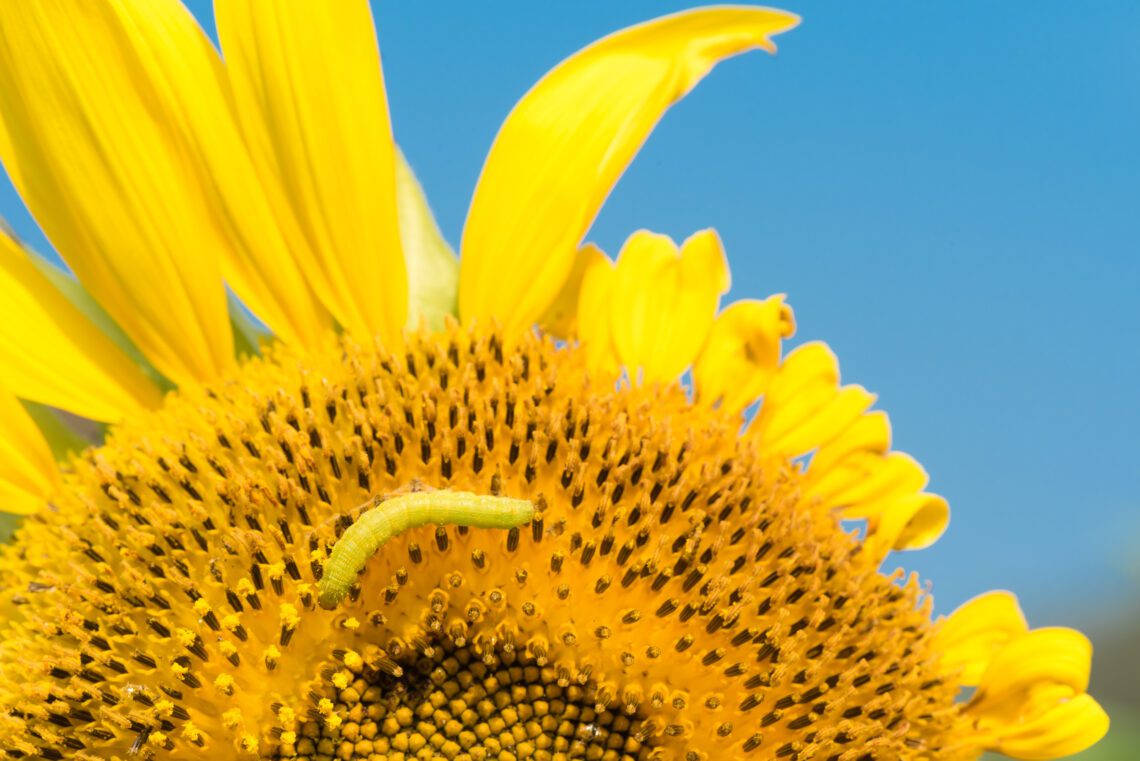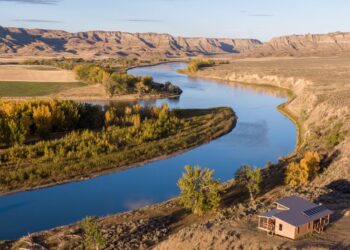Bringing biodiversity home where you live
By Benjamin Alva Polley EBS COLUMNIST
When I read the headlines, the environment and humanity frequently seem doomed. The future of our planet and its other species appears bleak. I often feel overwhelmed and wonder what, if anything, we can do to help. As Dr. Douglas Tallamy, a professor of ecology at the University of Delaware, noted in a privately paid seminar, “Nature is built from millions of specialized interactions.” These relationships are fragile; if any one of them weakens, breaks, or disappears, it can lead to a domino effect that threatens all life.
Unfortunately, we didn’t heed Teddy Roosevelt’s advice when he said, “Leave the country the way it is.” Much of our land has been heavily logged, prairies tilled, wetlands drained, agricultural land overgrazed, rivers straightened and developed, or paved over. Our skies are polluted, and the climate has been damaged for centuries to come. Additionally, Doug Tallamy considers 3,300 species of the roughly 50% of non-native plants in North America to be “invasive,” some of which have created monocultures that block native species. According to the World Wildlife Fund, we have lost two-thirds of our wildlife populations—not species but populations—since 1970 due to habitat loss caused by human activities.
Dr. Tallamy remarks, “We have carved up the natural world into remnants of its former self,” explaining that each piece is too small and isolated to support the species necessary to maintain the ecosystems we rely on.
Over the last century, people have commonly believed that the world is vast enough to change without consequences. However, it has become clear that this is not true. Headlines announce alarming data: global insect apocalypse; North America has lost 3 billion birds in the last 50 years.
E.O. Wilson, a renowned American biologist and naturalist, states, “Life as we know it depends on insects.” If insects were to vanish today, most flowering plants would go extinct, drastically changing terrestrial habitats’ structure and energy flow. This collapse would rapidly disrupt the food webs that support amphibians, reptiles, birds and mammals, ultimately leading to a decline in biodiversity as the biosphere deteriorates due to the loss of insect decomposers.
But hang in there, reader; this column isn’t all doom and gloom. Dr. Tallamy emphasizes, “It’s about the small efforts by many people that could deliver physical, psychological, and environmental benefits to everyone.”
Problems created by human-dominated landscapes
Manicured lawns are often regarded as a status symbol and everyone is “trying to keep up with the Joneses,” but they may offer minimal benefits for biodiversity.
According to Dr. Tallamy, 85.6% of the land east of the Mississippi River is privately owned, and The New York Times reports that approximately 50% of the country west of the Mississippi is privately owned. This presents an opportunity for meaningful conservation efforts.
Potential private conservation areas in the U.S. include 21 million acres of power and pipeline rights-of-way, three million acres of railroad right-of-way, two million acres of golf courses, three million acres of airports, 50 million acres of rural residences, 101 million acres of suburbia, 333 million acres of exurbia, 69 million acres of urban centers, and 17 million acres of roadsides. This totals approximately 599 million acres—an area larger than the combined size of Vermont, New Jersey, Maine, Virginia, New York, Georgia, Florida, Oklahoma, Montana, California and Texas.
Humanity is entirely dependent on the ecosystem services provided by plants. Plants produce oxygen, help clean water as it travels to the sea, capture carbon and store it in the ground, build topsoil and hold it in place, prevent floods and alleviate extreme weather. Animal ecosystem services provide pest control, pollinate nearly 90% of flowering plants and disperse plant seeds.
One of the most influential conservationists, Aldo Leopold, once envisioned a “land ethic.” In his dream, he imagined using land through farming, timber harvesting, grazing, mining and hunting without destroying local ecosystems. Previous conservationists focused on areas devoid of human presence, such as national parks and wilderness areas, where Indigenous people lived sustainably for thousands of years.
More than ever, we need nature to thrive within human-dominated landscapes. Solutions include designing landscapes that preserve and enhance ecosystem services, such as replacing manicured lawns with native plants that benefit other species.
The good news is that we can save our insects, birds, and nature itself, but we must change how we landscape to protect them.
Solutions
The species that contribute most to ecosystem services essential for sustaining food webs are plants that have co-evolved with caterpillars. Caterpillars transfer more energy from plants to other animals than any other herbivore. For example, chickadees rear their young exclusively on caterpillars and must catch between 6,240 and 9,120 caterpillars for a single clutch. Ninety-six percent of terrestrial birds rear their young on caterpillars, and 16 out of 20 bird families rely on them for survival.
One caterpillar, which can develop into a butterfly or a moth, has a biomass equivalent to 200 aphids. Thus, it is more efficient for a chickadee to expend energy chasing and capturing one caterpillar than trying to catch 200 aphids. Caterpillars are high in fat and protein, and are soft, large and nutritious, containing very healthy carotenoids.
When landscaping for caterpillars, it is essential to choose the right plants, as not all plants support their growth. Many caterpillars are specific to certain species, such as monarch butterflies, which require milkweed. Most insects that feed on plants can only develop and reproduce on the plants with which they have an evolutionary relationship.
Plant selection is crucial. In Montana, meadowrue, goldenrod, and oak trees are among the best plants for attracting caterpillars. Additionally, the pollen and nectar from sunflowers in Montana draw hundreds of bee species, including native and honeybees.
Results
Doug Tallamy and his wife live on 10 acres in Pennsylvania, where they have replaced half of their lawn with native plants that support caterpillars. As a result, they have attracted 1,032 species of moths, which account for 40% of all the moth species found in the state, along with over 59 bird species.
Even small yards can have a significant impact. For instance, Pam Karlson in Chicago, who lives next to O’Hare Airport and the Kennedy Expressway, has transformed her one-tenth of an acre by replacing non-native plants with 60 species of native plants and adding a water feature. This has allowed her yard to support 116 bird species.
In the United States, there are 40 million acres of lawn. If every homeowner were to reduce their lawn area by half and replace it with native plants, that would create an additional 20 million acres dedicated to conservation efforts. This area would be larger than the combined total of the Adirondacks, Yellowstone, Yosemite, Grand Teton, Canyonlands, Mount Rainier, North Cascades, Badlands, Olympic, Sequoia, Grand Canyon, Denali and the Great Smoky Mountains, making it America’s largest national park and without the crowds. Check out homegrownnationalpark.org to learn more.
Small actions can make a big difference, and together, these little efforts can have a significant impact on nature. We can all contribute to conserving our environment and help save life on Earth.
Benjamin Alva Polley is a place-based storyteller. His stories have been published in Audubon, Esquire, Field & Stream, The Guardian, Outside, Popular Science, Sierra, and other publications on his website. He holds a master’s in Environmental Science and Natural Resource Journalism from the University of Montana.












